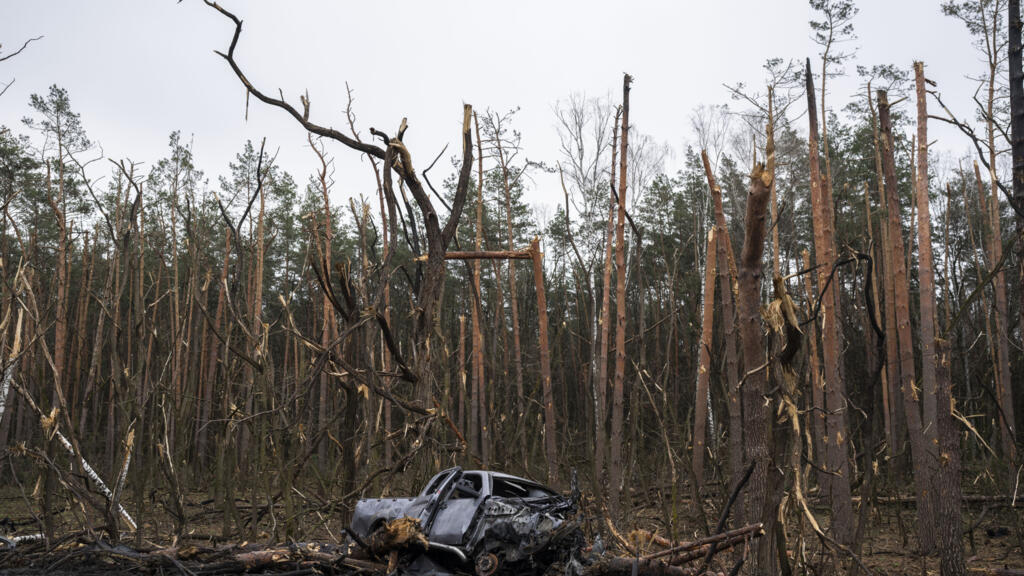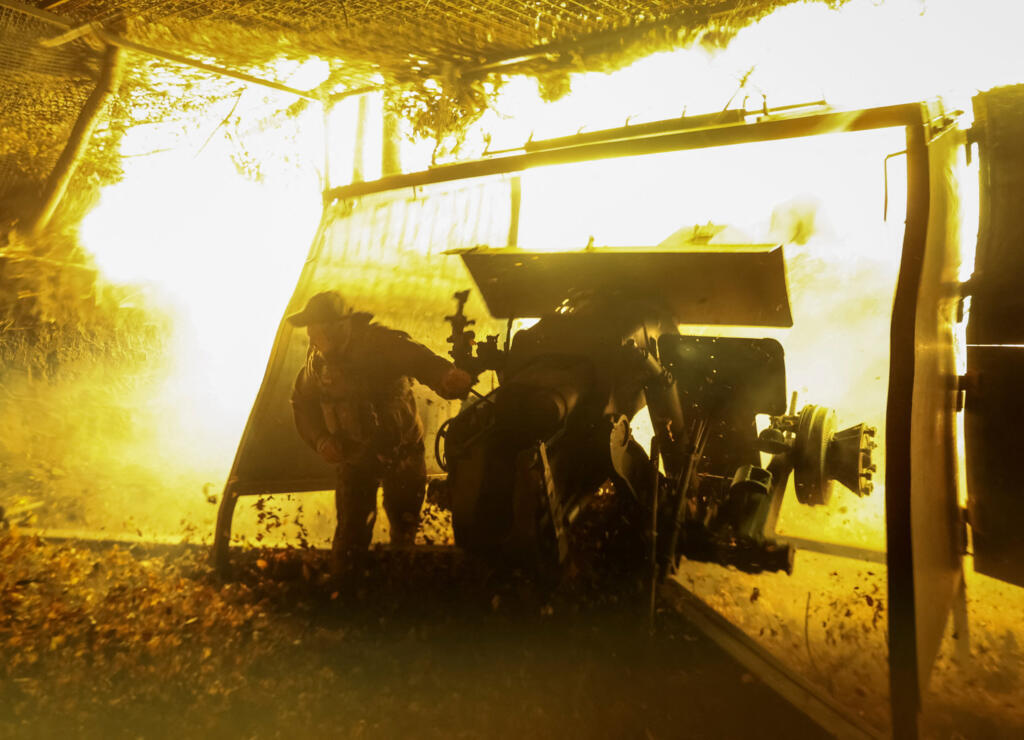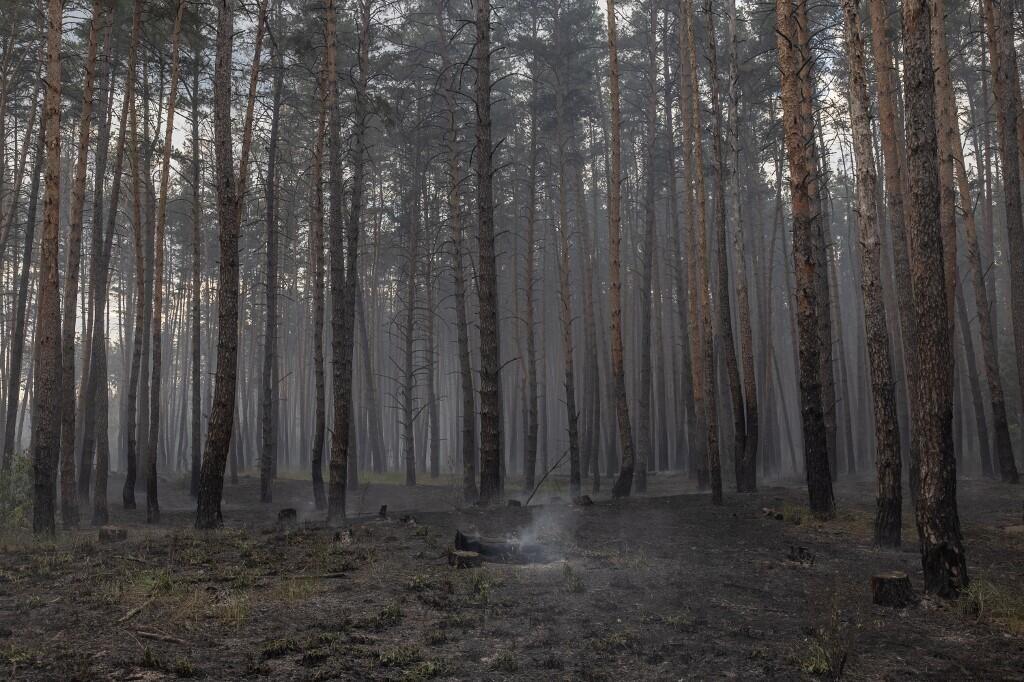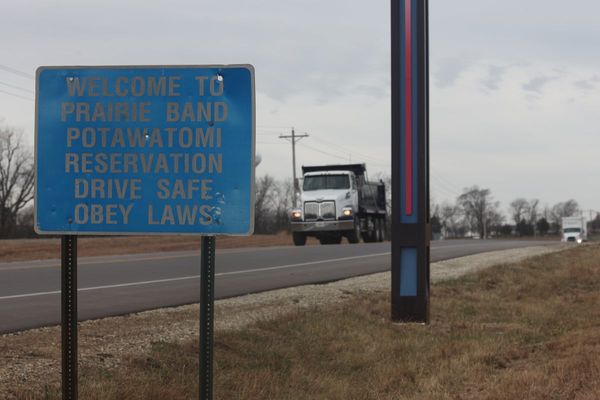
Nearly one million hectares of land in Ukraine have gone up in smoke this year as the Russian invasion turns forests into battlefields and leaves nature badly scarred. The fires follow the front line, raise fears of war crimes and add to a growing climate bill.
Satellite data shows close to 9,000 fires consuming 965,000 hectares, including a third of farmland. That is almost double the area burned across the entire European Union over the same period.
The EU Joint Research Centre confirms 2024 as a record year, the worst for Ukrainian forests in more than 30 years.
A complex battlefield
A joint investigation by The Guardian and the Ukrainian newspaper Kyiv Independent shows the devastation is directly linked to the invasion.
Using satellite images, monitoring data and testimony from the ground, the investigation maps burn scars that closely follow the front line in the east, tracing an arc from Kharkiv to Donetsk and Luhansk.
Experts say trees can hide movements from drones. That makes forests useful to both armies and may also make them targets.
Shadow fleet targeted as EU advances frozen assets plan for Ukraine
The picture is more complicated, General Jean-Claude Allard, an associate researcher at the French Institute of International and Strategic Affairs, told RFI.
“These are areas that, added together, are significant. But they are not large fires. They mainly result from artillery and explosive exchanges,” Allard said.
Using fire as a weapon is possible but hard to prove, he added.
“This type of weapon is delicate and difficult to control. Artillery fire is much more effective in military terms and causes fires indirectly linked to the conflict.”

A tinderbox front line
Last summer’s heat and drought turned Ukraine's front line into a powder keg.
More than two million mines are scattered across the country. Some explode when temperatures rise. Others block access to burning areas and keep emergency workers out.
“We observe many outbreaks of fire. Often these are small fires, but they quickly grow,” said Lennard de Klerk, a lead author of a report on the fires and a member of the War Greenhouse Gas Accounting Initiative, who spoke to RFI in February 2025.
“Firefighters cannot intervene. There are mines, it is too dangerous. The fires are therefore much larger and more intense than they would have been without the war,” he said.
Russian surveillance adds to the danger.
“The Russian armed forces monitor everything since they use drones. As soon as there is movement, they track it to see what is happening. It is one of the mechanisms of the war,” Allard pointed out.
Could peatlands protect Europe's eastern borders from a Russian invasion?
Hard to prosecute
Under international law, deliberately targeting rescuers or intentionally setting destructive fires is a war crime. But ecocide is not recognised worldwide.
“You would have to prove the intention to deliberately destroy Ukrainian territory in the war zone," said Sophie Marineau, a PhD candidate in the history of international relations.
"It is difficult, because Russia can show it was attacking battalions or that it sensed a threat from that region.”
Ukrainian prosecutors are trying to document whether some attacks target natural resources.
“Each bombardment is a deliberate military action,” said Kherson prosecutor Vitaliy Nikitin. “We document every case where protected areas are hit.”

Marineau said building a case remains a challenge.
“The destruction of dams and the pollution of rivers have been documented, but it is still difficult to build a case," she said.
"You need evidence and for international justice to have the power to judge this kind of crime, which is not yet the case.”
Russia and Belarus war games fuel European fears over Ukraine conflict
Climate cost
The impact reaches beyond Ukraine. Since 2022, the conflict has generated nearly 237 million tonnes of greenhouse gases, the War Greenhouse Gas Accounting Initiative estimates.
The climate damage cost already stands at $US43 billion (€36 billion).
Forest fires alone represent one fifth of the war’s carbon footprint.
“This war has an impact on the climate. We see huge CO2 emissions and these do not only harm Ukrainians," de Klerk said.
"They contribute to global warming and therefore affect the whole world.”
Ukraine’s authorities say nature is paying heavily.
“Nature is a silent victim of this war,” Environment Minister Svitlana Grynchuk told the Cop29 summit in November 2024.
Scientists warn that restoring forests and soil will take years or even decades. Ending the fighting will be only the first step in repairing the damage.
This story was adapted from the original version in French by RFI's Julien Hennequin and lightly edited for clarity.







